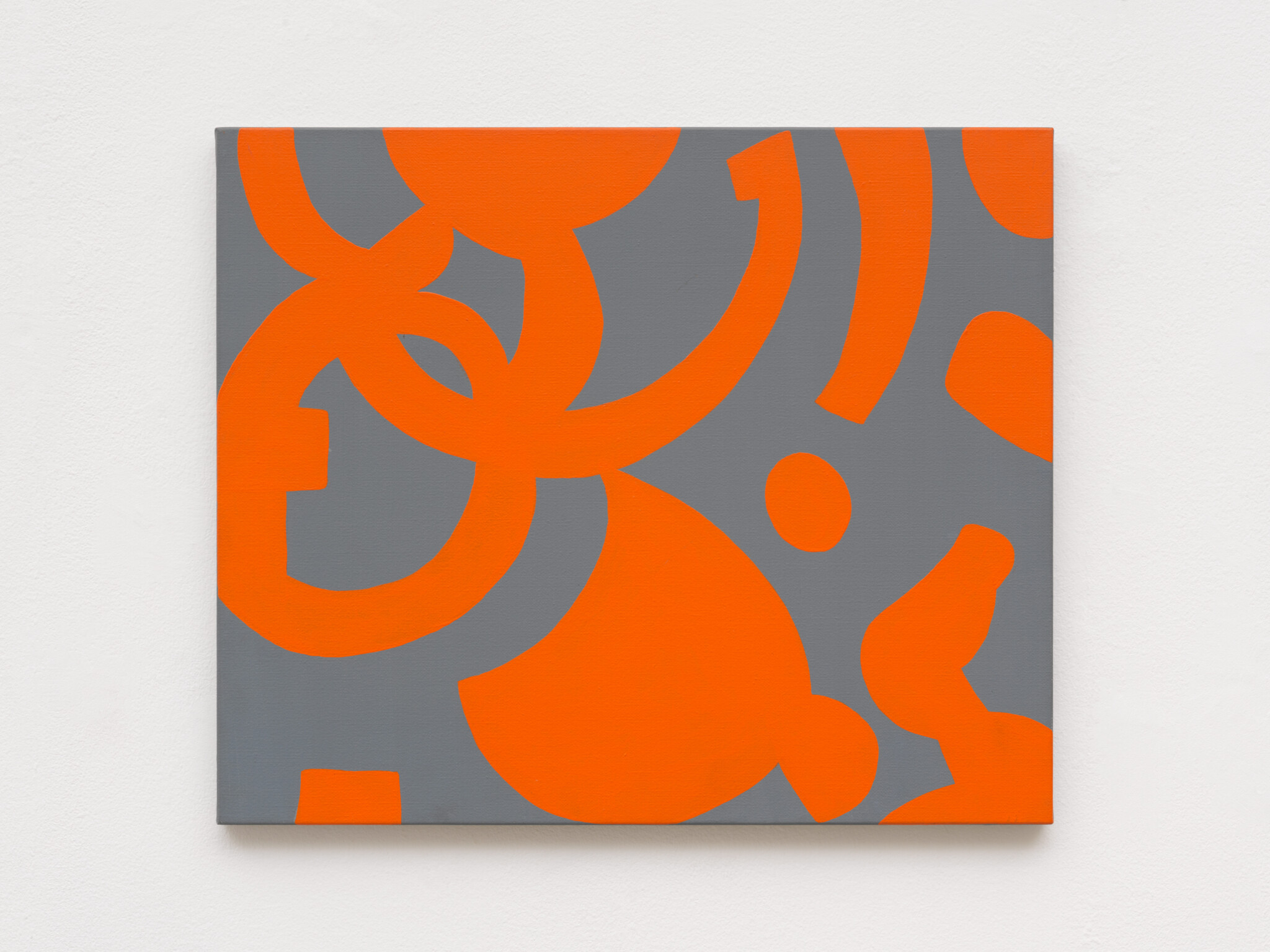Carla Accardi
Carla Accardi was a leading figure in Italian abstract art after World War II. After studying at the Academy of Fine Arts in Florence, she moved to Rome in 1946 and co-founded Forma 1 in 1947, a pivotal postwar abstract art group in Italy.
Her early works featured geometric compositions, later evolving in the 1950s to include pseudo-calligraphic signs and a restrained black-and-white palette. During this time, critic Michel Tapié took interest in her work. In the 1960s, Accardi introduced vibrant color and began using sicofoil, a transparent plastic, instead of canvas.
This experimentation, highlighted at the 1964 and 1976 Venice Biennales, influenced the development of Arte Povera. In the 1980s, she returned to canvas, focusing on signs and color contrasts. She participated in the Venice Biennale again in 1988 and was featured in The Italian Metamorphosis 1943–1968 at the Guggenheim Museum in 1994.
카를라 아카르디(1924–2014)는 제2차 세계대전 이후 이탈리아 추상미술을 대표하는 작가 중 한 명이다. 피렌체 미술 아카데미에서 수학한 후 1946년 로마로 이주해, 1947년 이탈리아 전후 추상미술의 기반이 된 그룹 ‘Forma 1’의 창립 멤버로 활동했다.
초기에는 기하학적 구성의 회화를 선보였으며, 1950년대에는 서예적 기호와 흑백 팔레트를 도입해 도상과 배경의 관계를 탐구했다. 1960년대에는 대도시적 감수성과 시각적 효과가 더해진 색채 실험을 통해, 투명 플라스틱 ‘시코포일(sicofoil)’ 위에 회화를 시도하며 조각적 설치로 확장해 나갔다.
이러한 실험은 1964년과 1976년 베니스 비엔날레에서 주목을 받았고, 아르테 포베라(Arte Povera)에도 영향을 미쳤다. 1980년대 이후 다시 캔버스로 돌아와 기호와 색채 대비에 주목했으며, 1994년에는 뉴욕 구겐하임 미술관에서 열린 《The Italian Metamorphosis 1943–1968》 전에 참여했다.
